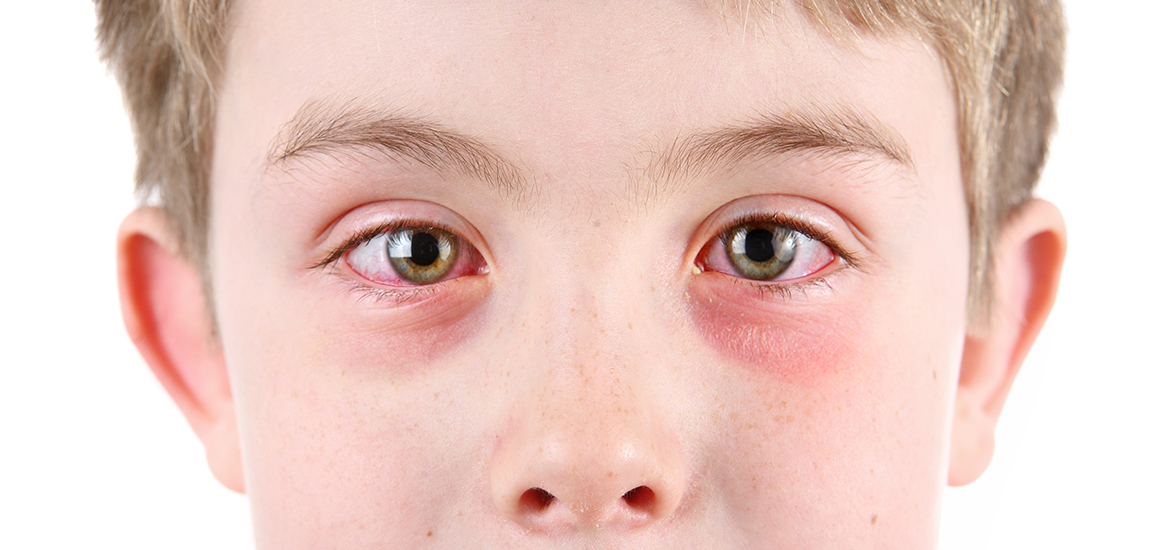
Pink Eye: What You Should Know
Conjunctivitis, more commonly known as pink eye, occurs when there is inflammation of the clear membrane that lies over the white surface of the eye and lines the inner surface of the eyelids. Pink eye is often caused by a bacterial or viral infection.
Signs & Symptoms:
The most obvious sign of pink eye is the red or pink discoloration of the eye (hence the name), that is caused by inflammation in the conjunctival blood vessels within the eye. Different symptoms occur depending on the type of pink eye you have. Some symptoms of pink eye include :
– Green/yellow discharge
– Watery eyes
– Itchiness
– Light sensitivity
– Pain
Types of Pink Eye:
There are four types of viral conjunctivitis: viral, bacterial, allergic, and giant papillary conjunctivitis.
Viral conjunctivitis is associated with watery eyes and some discharge
Bacterial conjunctivitis causes a thick discharge that is sometimes green.
Allergic conjunctivitis causes itching, redness, watery eyes, and usually affects both eyes.
Giant papillary conjunctivitis is caused by a contact lens, and creates itching, discharge, red bumps on the inside surface of the eyelid. GPS usually affects both eyes as well.
Causes of Pink Eye:
The most common cause of pink eye is bacteria. Pink eye has the ability to affect people at any age, but the largest portion of people affected by pink eye each year are children. This is because of the large amount of bacteria that is transferred between children at school. Pink eye is also caused by viruses, allergies to pollen and dust, and contact lenses.
Pink Eye Prevention:
Pink eye is severely contagious, and the best way to prevent it is to avoid it. Avoid contaminated bed sheets or hand towels, and wash your hands before touching or rubbing your eyes.
The best way to prevent allergic conjunctivitis is to make sure windows and doors are closed on days with a high pollen count. If you have already been exposed to the allergen, use a cold compress over your eyes to sooth the irritation.
If you wear contact lenses and have developed giant papillary conjunctivitis, then you should take a break from wearing contact lenses until symptoms are gone. Your eye doctor may prescribe you to a different type of contact lens.
More tips on Prevention:
Young children are most commonly affected by this disease, and when they are in school it is difficult to protect them from contracting the virus or bacteria. Teachers and Daycare workers are also high risk, due to interacting with children on a regular basis. These tips can be helpful to those who are more likely to get pink eye.
Hands should be washed often. Everything you touch could be contaminated by conjunctivitis, and
Avoid touching your eyes and face, this is a common way germs are spread.
If you are diagnosed with pink eye you should avoid attending school or any type of crowd setting for at least 24 hours after taking an antibiotic solution or treatment. This will help prevent the spreading of the virus or bacteria to others.



